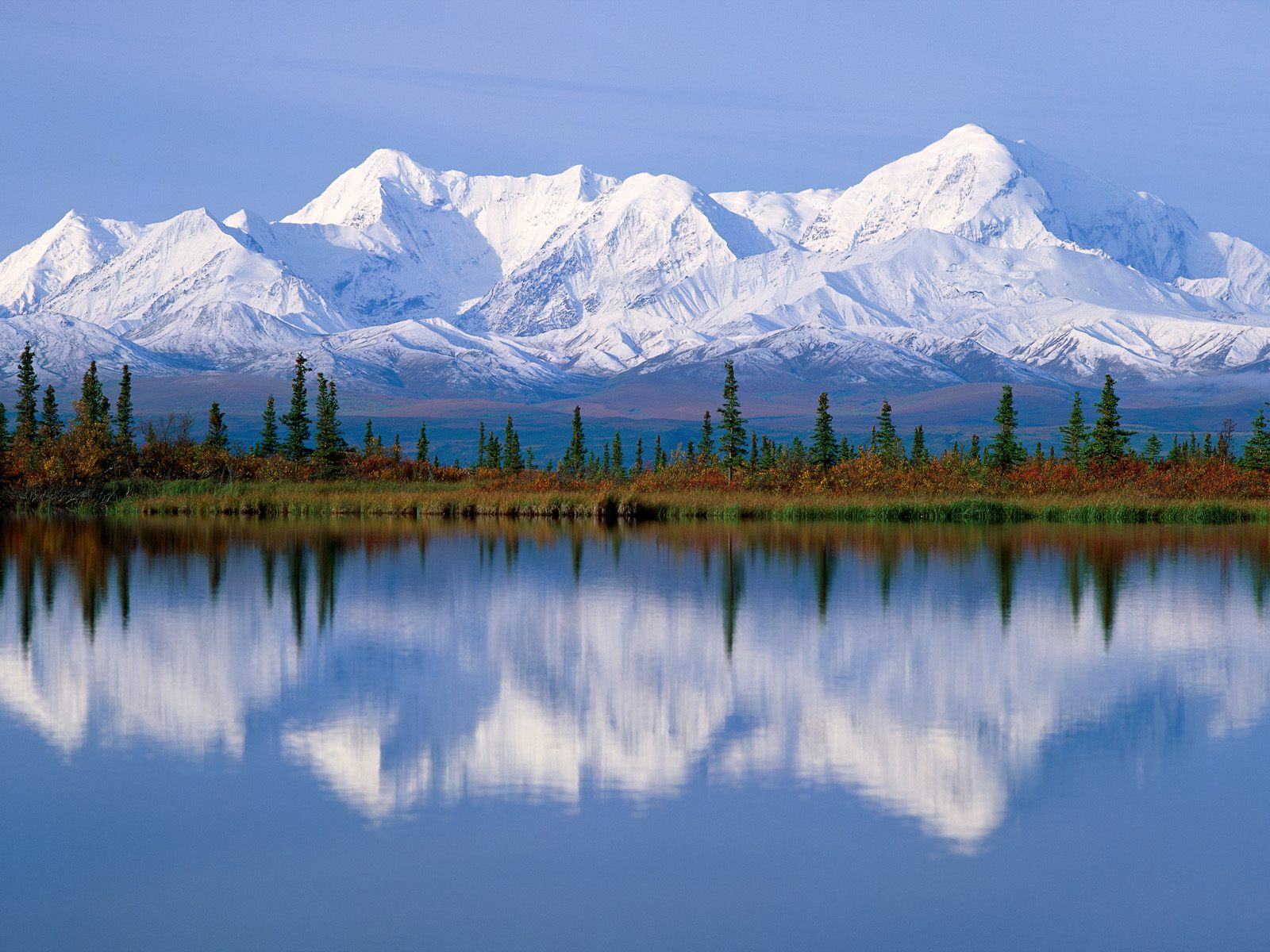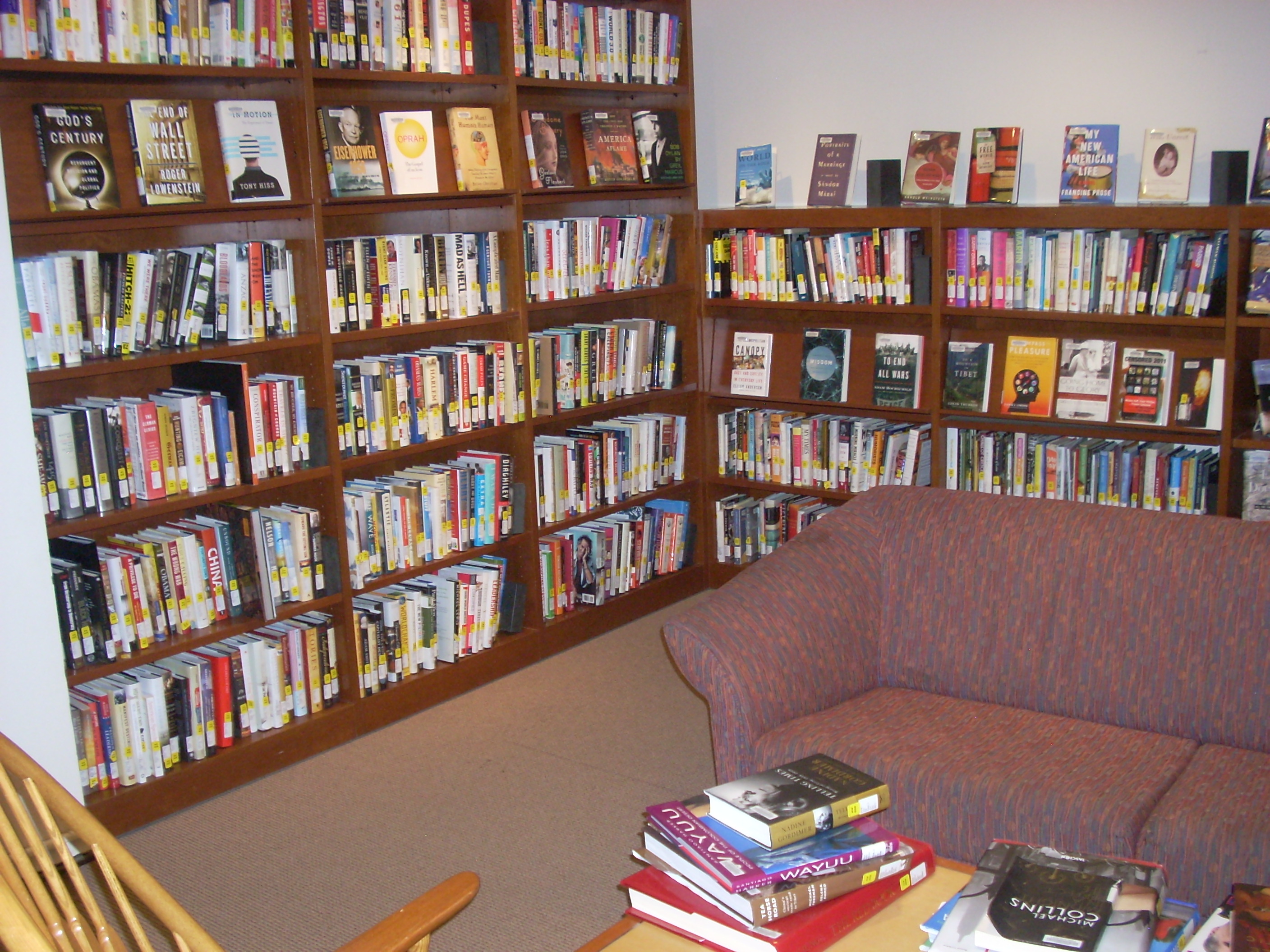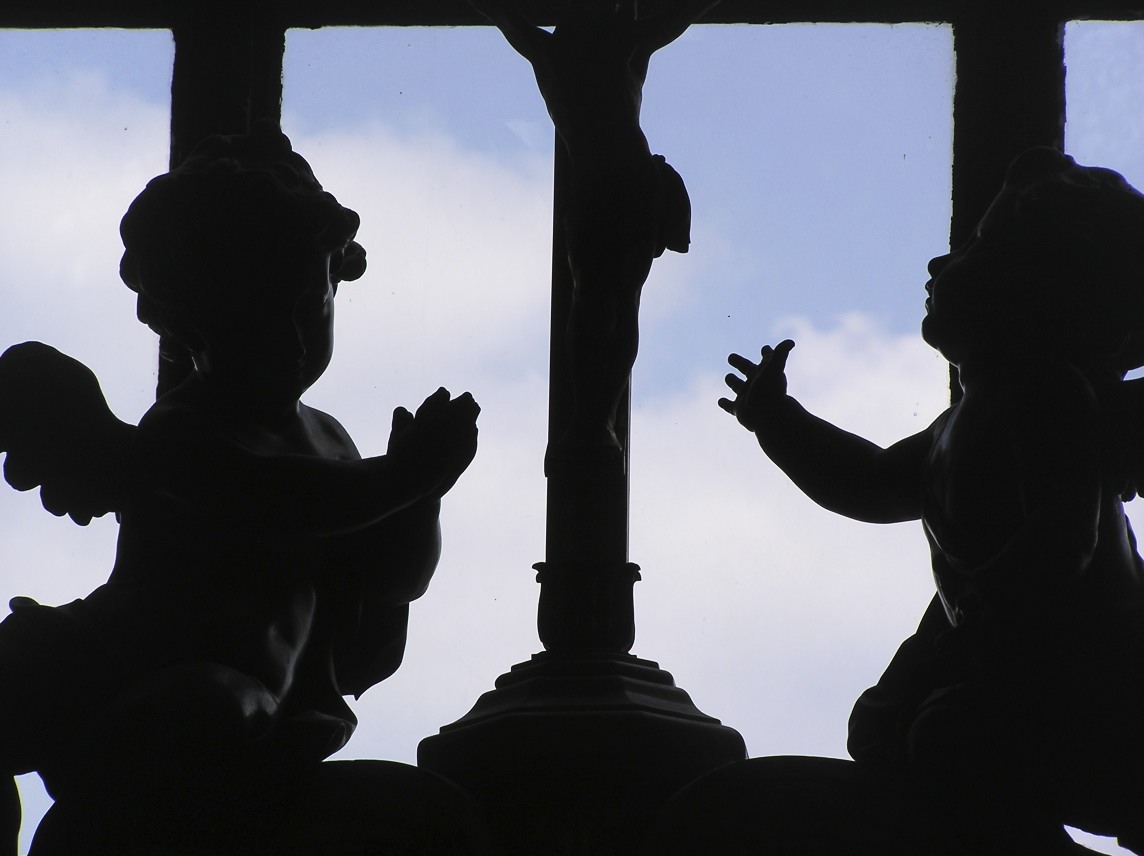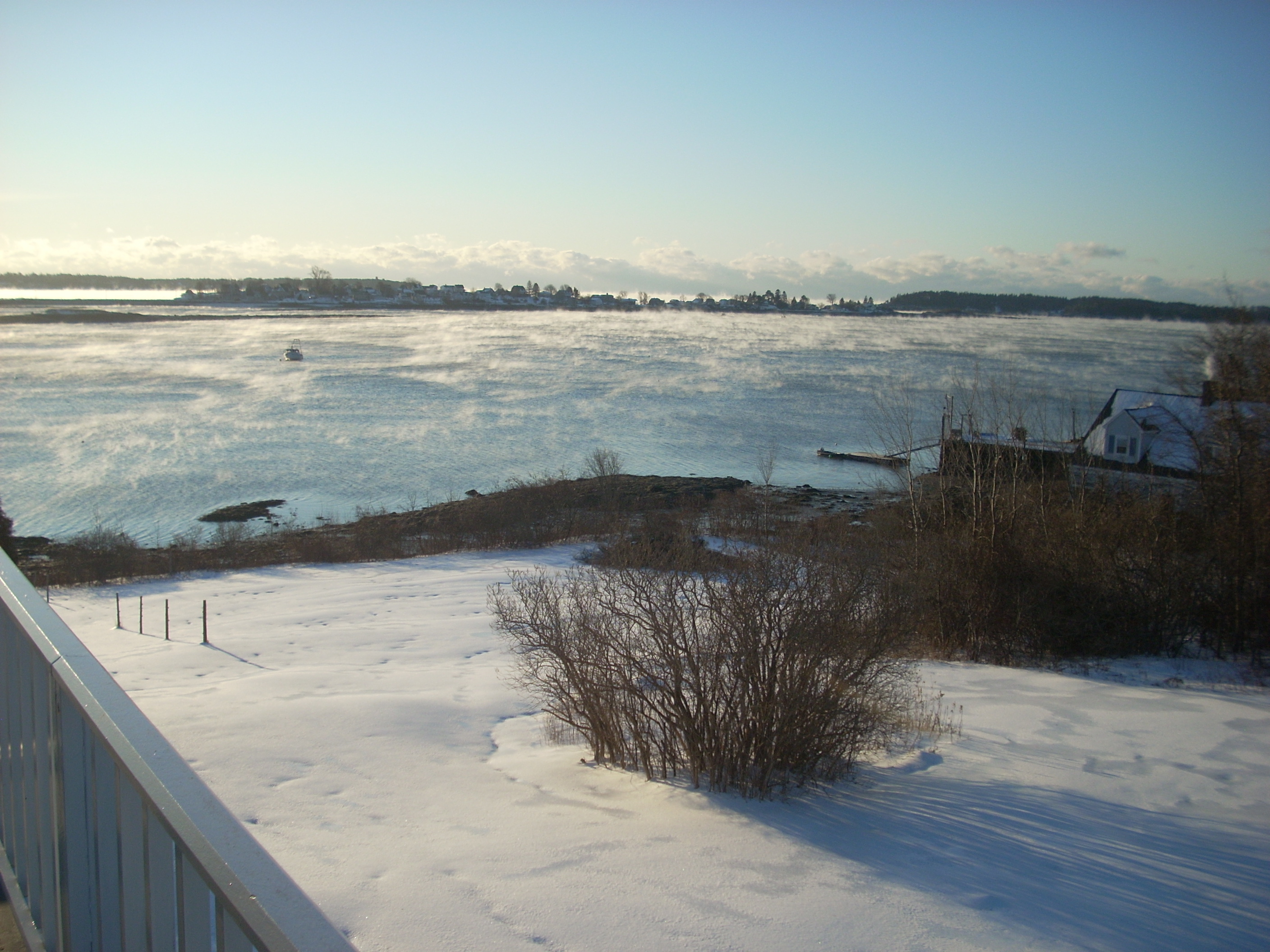
Sunny days were not in store for us, though, and shortly after we dropped anchor the storm broke. No discharging of cargo was possible, and for over two days we watched the seas slowly build and the winds strengthen. The single high hill of Little Diomede rose and fell with dull regularity against the dark gray clouds as it swung past the ports, and I began to wonder how long this would go on. Surprisingly, I did not succumb to seasickness. The bountiful meals kept my stomach full; the (somewhat illegal) beverages that mysteriously had found their way aboard helped my equanimity, and the endless poker games kept my mind occupied. The storm showed no signs of abating and the weather reports in those days of no weather satellites or way to receive imagery, only told us what we already knew. Captain Salenjus finally decided to run for shelter. I was certain we were either going to swing to the lee side of Little Diomede or run south to Port Clarence and its protected harbor.
To my surprise, Salenjus swung the bow of the ship straight for Big Diomede.
There’s something to be said for “custom.” I soon learned that, over the years, ships had customarily sheltered from storms in the small though protected inlet on the south end of Big Diomede Island. This had begun in the years of friendship with the Soviet Union just before and during World War II when the U.S. was supplying her with war materials. Even after the Cold War’s onset, U.S. vessels servicing Little Diomede took advantage of the custom. The Soviets had established a military garrison in the saddle between Big Diomede’s two large hills, and their troops kept a sharp eye on visitors.
We continued bouncing up and down inside Soviet waters for two more days, and I managed to keep myself occupied. When I wasn’t eating, reading, keeping radio schedules, playing cards or sleeping, I played. I particularly enjoyed standing at the very bow of the ship, being lifted like an express elevator and swooping to tremendous height as she met the waves, then plummeting down to crash into green water in the troughs. I explored the ship, crawling up the shaft alley along the keel at the stem of the ship to the narrow point where the whirling shaft, inches from my head, penetrated the hull through the watertight gland and out to the propeller. In the surprisingly clean engine room the diesel engine, stretching in a single line on its bed, jumped and oscillated visibly while under full power. My favorite place was the bridge where Salenjus, the stem-faced Finn who captained a ship to Antarctica for Admiral Byrd in 1947, held sway.
Every morning a Soviet MiG jet appeared and flew directly over the ship, waving its wings as it passed. Every afternoon a U.S. Navy Orion, a four-engine Constellation carrying radar, flew directly over the ship, waving its wings as it passed. Every day, while looking through binoculars at the buildings and antennas of the Soviet garrison, I spotted someone looking back at the ship through binoculars, and we both invariably waved at each other.
There was no question about where the MiG came from, but I’ve often wondered where the Constellation was based.
Finally the weather broke and we returned to Little Diomede and began working freight. I kept up my radio duties while Darby spent every waking minute working overtime. The seas were almost placid and, in addition to the LCMs, virtually every skin boat on the island shuttled back and forth between the ship and the beach helping haul cargo. I took advantage of this and visited the school teachers, Don and Erika Abbott, with whom I normally talked via radio from Nome.
Back to Teller, and back on the beach. Another night in Helen Blodgett’s camper trailer.
Finally, a bush plane with an empty seat and a courtesy ride back to Nome.
* * *









